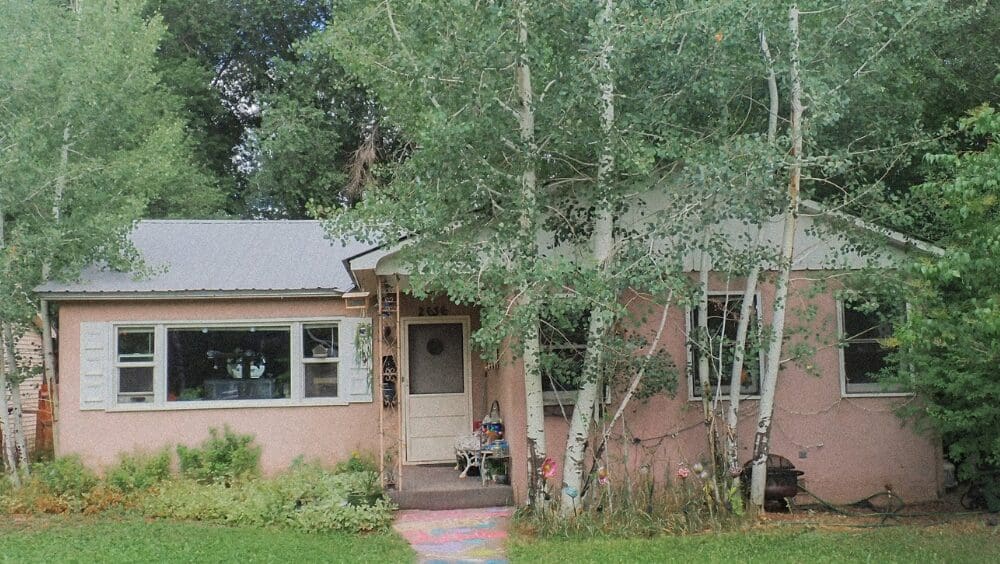
This home maintenance checklist, organized by months of the year, can help you stay ahead of problems that will otherwise snowball into those code-red issues, like a roof leak or basement flood. Rather than try to cram everything into the spring or fall, you can spread out the work evenly and tackle issues most urgent for the season. For every month, we’ve surveyed a pool of experts including inspection professionals and experienced real estate agents across the country to give you one meaty project to take on and a few additional maintenance items to check off your list. “Regularly checking your home for maintenance needs throughout the year is the best way to keep your home safe and prevent the need for costly emergency repairs,” echoes Kathleen Kuhn, president and CEO of HouseMaster Home Inspections, an inspection franchise system founded in 1979. Your work will also pay off in the form of a 1% value increase for every year you adhere to a good maintenance schedule. Let’s get started, shall we? It might seem counterintuitive to call your landscaper before anything blooms, but doing so in January vs. March will save you money. According to one HomeLight Top Agent Insights Survey, 91% of agents believe builders and contractors are busiest in spring and summer, so yard care costs less in winter. “If the sun’s out, the temperature really doesn’t matter,” says Nick Pontarelli, a top-selling Chicago real estate agent. Winter is a great time to get a jump start on weed control, examine tree damage after any storms, and plan your mulching for the spring. Additional maintenance items: Now’s the time to touch up those chips and dings in your interior trim, cabinetry, and walls that you’ve noticed while you’ve been in the house more. Manufacturers offer the best deals on paint during the late fall and winter. Professional painters also have fewer clients in winter, meaning lower prices. Because of less moisture and humidity in the air during this season, paint bonds to surfaces better and dries faster. Additional maintenance items: Remove the winter grime by renting a power-washer or hiring someone to power-wash your exterior and driveway (the average cost nationwide is about $287). Algae or mold tends to grow on homes with a lot of shade, which may take an added treatment with moldicide, says Wade Wostal, a top selling agent of 15 years serving Topeka, Kansas. Either way, you’ll want to take “spring cleaning” to heart and start on the outside. Consumer Reports recommends a 40° angle or a low-pressure nozzle for easily-damaged surfaces like wood or stucco. Additional maintenance items: As buds and foliage return, so do problems with your air condenser and air filters. “We have a lot of cottonseed and things floating in the air. The air condensers outside fill up really quickly,” says Wostal, noting that this causes your HVAC unit to run less efficiently. To clean your condenser, follow Family Handyman’s guide to turn off the power, vacuum away grass clippings and other debris with a soft brush attachment, and straighten up the fins with a dinner knife. Additional maintenance items: Clean out any remaining debris from winter and help your home look bright and beautiful with added lawn care and landscaping. One Remodeling Impact Survey from the National Association of Realtors says that the biggest returns on cost for outdoor upgrades are upgrading with seed lawn at 417%, standard lawn care at 303%, and upgrading with sod lawn at 143%. Additional maintenance items: Warmer weather means it’s time to guard against mosquitoes, fleas, and ticks, which will keep you from enjoying the yard. The Centers for Disease Control and Prevention says that vector-borne illnesses carried by these pests have doubled in the United States since 2004, so check the exterior for any leaky pipes, pour out stagnant water from pots and planters, and talk to a pest professional. Additional maintenance items: Your bathroom experiences humidity year-round, making it a prime spot for unsightly mold to grow. Take advantage of the opportunity to send your family outside more (or use facilities at a health club or a friend’s) and repair any grout or replace any caulk that needs it. Additional maintenance items: After a summer full of sand and flip-flops, this is a good time to clean your carpets in advance of the fall and winter (when your family may be more mindful of leaving their shoes by the door). You can hire a local professional to clean four rooms for $100-$300 or rent a Rug Doctor from Home Depot for $32 per day. Additional maintenance items: If you have a fireplace or a wood stove, get it checked and professionally cleaned before you want to cuddle in front of it or toast S’mores, says Todd Bartusek, a top-selling real estate agent in Omaha, Nebraska, with more than 20 years of experience. The National Fire Protection Association recommends homeowners do a chimney sweep once a year to check for deposits and correct clearance, which will cost $244 on average. Additional maintenance items: If you’ve found a few things during the year that need major repairs, or you have renovations on your mind, now’s the time to schedule them. Labor and building materials tend to be most affordable from October through December, 35% of top HomeLight agents say, so pencil in new flooring, new countertops, and other projects that could boost your home’s marketability rather than waiting until the spring or summer. Additional maintenance items: Just like insects look for a cozy hideout as the temperatures drop, trees look for water when it’s cold and dry. Have a plumber scope your main sewer line for about $100 to $1,000 (depending on the length of your plumbing and any additional services), especially if there are large trees close to your home. “The tree roots get into those hairline cracks of a home’s sewer system. It’ll back your main line up,” Bartusek says. “I had one [home] just last week where they had to scope it and … they had just a big ball of roots.” Additional maintenance items: As you get ready for the holidays and count down toward a new year, you can wrap up your home like a gift to prevent moisture and heat loss. Sealing leaks in the siding, plus around windows and doors, and adding insulation can save homeowners an average of 15 percent on heating and cooling costs, or an average of 11% on total energy costs, the U.S. Environmental Protection Agency says. Also: Keeping your home in good working order can seem exhausting, if not overwhelming. If you have other questions about home maintenance, talk with a trusted contractor or real estate professional about your home’s size and needs, then hammer out a timeline and a checklist that works best for your budget and your lifestyle. When you’re ready to sell one day, you’ll be excited to see how your hard work has paid off. Note: We understand that your climate impacts many of your home maintenance decisions, so some recommendations might not apply if you live somewhere that, say, snowfall is rare. Be sure to check out our seasonal home maintenance checklist divided by region (the Pacific Northwest, Midwest and Northeast, Southwest, and Coastal areas) as a companion guide.January
Big project: Landscaping
February
Big project: Paint
March
Big project: Power wash
April
Big project: Clean your AC condenser
May
Big project: Tidy up the yard
June
Big project: Bug control
July
Big project: Remove bathroom mold
August
Big project: Clean your carpets
September
Big project: Clean your fireplace
October
Big project: Replace worn materials
November
Big project: Scope your sewer line
December
Big project: Improve your energy efficiency



